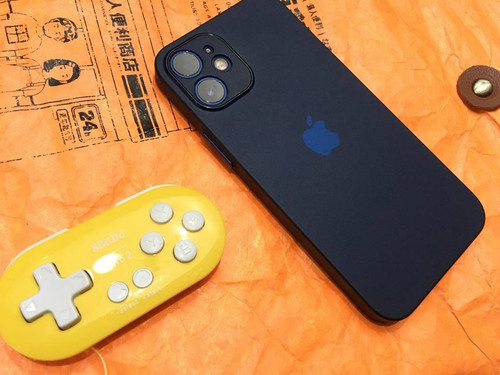Apple has officially retired its compact phone offerings—the iPhone SE and Mini series—in favor of the newly launched iPhone 16e. This move signals a significant shift in Apple’s product strategy, reflecting the growing consumer preference for larger screens and modern features.

Why Apple Discontinued the SE and Mini Series
iPhone SE:
- The iPhone SE was discontinued as it no longer fit Apple's design and technology roadmap. It was the last model with a physical Home button, Touch ID, and an LCD screen, all of which have now been phased out in favor of Face ID, OLED displays, and larger screen sizes.
- Its aging design and poor battery life made it less competitive in today’s market.
iPhone Mini:
- Despite its loyal fanbase, the Mini series saw low demand, accounting for only about 6% of sales in its lineup. Consumers largely preferred larger devices with better battery life, leading to its discontinuation after the iPhone 13 Mini.
Comparison: iPhone 16e vs SE and Mini
- Screen Sizes:
- iPhone 16e: 6.1-inch OLED display.
- iPhone SE (2022): 4.7-inch LCD display.
- iPhone Mini (e.g., iPhone 13 Mini): 5.4-inch OLED display.
- Performance:
- The iPhone 16e features the A18 chip with Apple Intelligence support, offering significantly better performance than the SE (A15) or Mini (A15).
- Battery Life:
- The 16e provides up to 26 hours of video playback—12 hours more than the SE and far superior to the Mini.
- Design:
- The SE retained a classic design with a Home button, while the Mini offered a compact modern build. The 16e adopts a larger form factor similar to the iPhone 14 but lacks MagSafe support found in the Mini.
- Price:
- The SE was priced at $429, the Mini at $699, and the new iPhone 16e starts at $599.
Key Features of the iPhone 16e
- A powerful A18 chip with advanced AI capabilities.
- A single 48MP camera for high-quality photos.
- USB-C charging but limited to USB 2 speeds.
- A larger OLED display with improved battery life compared to older models.
While fans of smaller phones may lament this transition, Apple’s decision underscores its focus on aligning with broader market trends—prioritizing larger screens and cutting-edge technology over compact nostalgia.